TRCP’s president and CEO Whit Fosburgh appeared on the MeatEater podcast to discuss pressing conservation priorities to keep on your radar.
TRCP’s president and CEO Whit Fosburgh appeared on the MeatEater podcast to discuss pressing conservation priorities to keep on your radar.
Sportsmen and women call on administration to boost enrollment efforts as General signup kicks off
The Theodore Roosevelt Conservation Partnership is calling on the Trump Administration to step up and implement the Conservation Reserve Program to conserve soil, water, and wildlife habitat.
The U.S. Department of Agriculture today announced it will begin allowing landowners to sign up for the nation’s most successful private lands conservation program. However, they also announced cuts to incentive payments and changes to the State Acres for Wildlife Enhancement initiative, which has not been open for enrollment since 2017.
“The Conservation Reserve Program is a highly successful tool for providing prime wildlife habitat, unfortunately the Administration has been undermining this Program to the detriment of farmers as well as sportsmen and women,” said Whit Fosburgh, president and CEO of the Theodore Roosevelt Conservation Partnership. “Not only were there lengthy delays in announcing a signup period, these changes will result in higher costs for landowners who want to protect soil and water health. It’s time for U.S.D.A. to implement the 2018 Farm Bill with an eye toward conservation success.”
The 2018 Farm Bill allowed the agency to offer Practice Incentive Payments (PIPs) “up to 50 percent” of a project’s cost for “continuous” projects. The Administration reduced these payments to a scant 5 percent.
The last time the administration held a General CRP signup was in 2016, when only 400,000 acres of the 1.8 million acres offered were approved for enrollment.
Restoring longleaf pine forests improves wildlife habitat and drought resilience in the Southeast
Longleaf pine trees once dominated large swaths of the country’s landscape, covering more than 90 million acres—or roughly the area of Montana—from Virginia to eastern Texas. But this all began to change around the beginning of the 20th century, when longleaf pine was found to be excellent building material for ships and railroads. By the 1920s, most of these trees were gone, and many foresters replaced them with other types of pine that were thought to grow faster and offer a quicker return on investment.
Today, only 3.4 million acres of longleaf forests remain, and much of this is spread sparsely across the Southeast. This poses some serious challenges for game species and communities that are at risk of extreme weather events.
Here’s why.
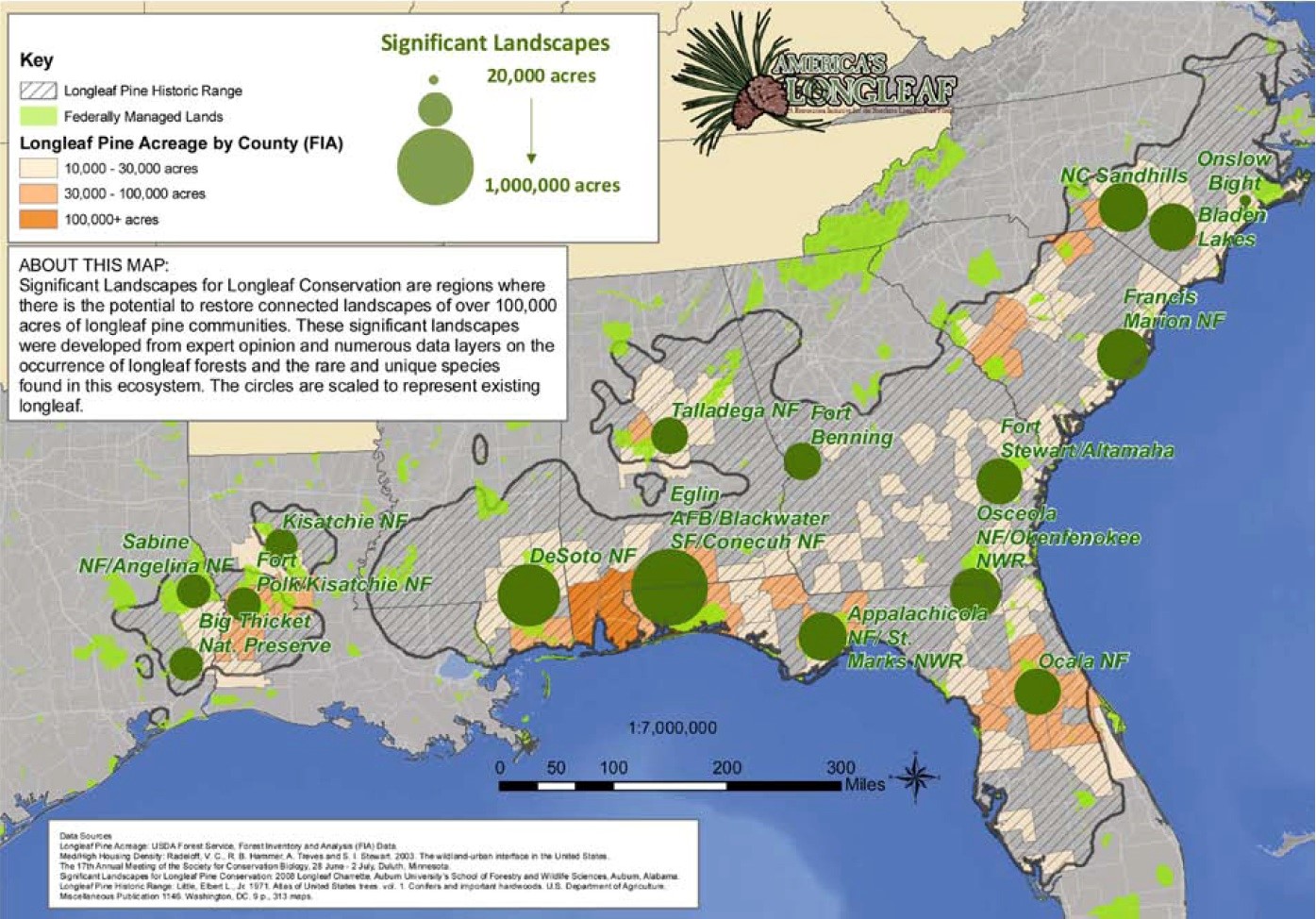
With the potential to support roughly 100 types of birds, dozens of species of mammals, and nearly 200 kinds of reptiles and amphibians, longleaf pine forests are some of the most diverse ecosystems in North America. Sportsmen and women know them best as critical habitat for bobwhite quail, wild turkeys, and whitetail deer.
Longleaf, even as a seedling, is highly resistant to wildfire, and its wide-set leaves create a more open forest canopy so more sunlight can reach plant life on the ground. With a little help from strategic prescribed burning, longleaf forests can have incredibly healthy underbrush with native grasses and vegetation that offer food and shelter for wildlife.
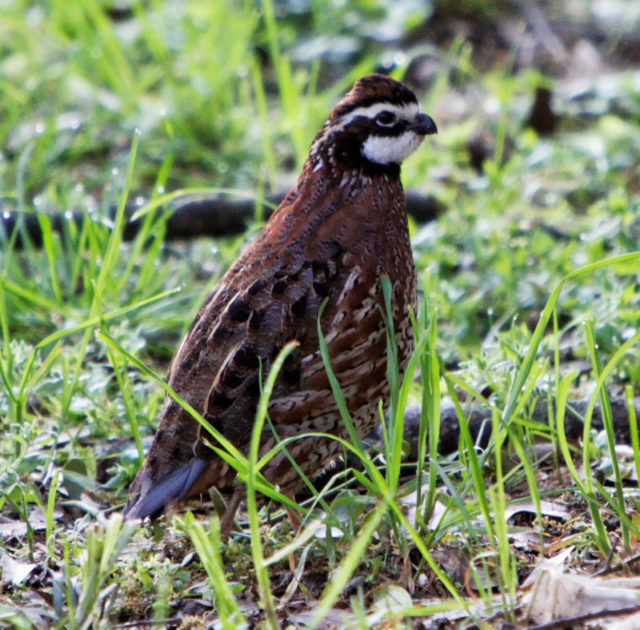
But we need longleaf pines for more than just great habitat—they are master adapters that can survive the harshest weather events and a wide range of climates. A study conducted after Hurricane Katrina found that longleaf pine trees were better able to withstand hurricane winds than other types of pine trees. More storm resilience means less costly damage to wildlife habitat and forestry businesses.
As if that wasn’t enough, these trees are also more resilient to drought, can better withstand pests and most diseases, and store carbon more effectively than other pine species. All of this makes longleaf a win for our critters and for communities that face major storms and drought.
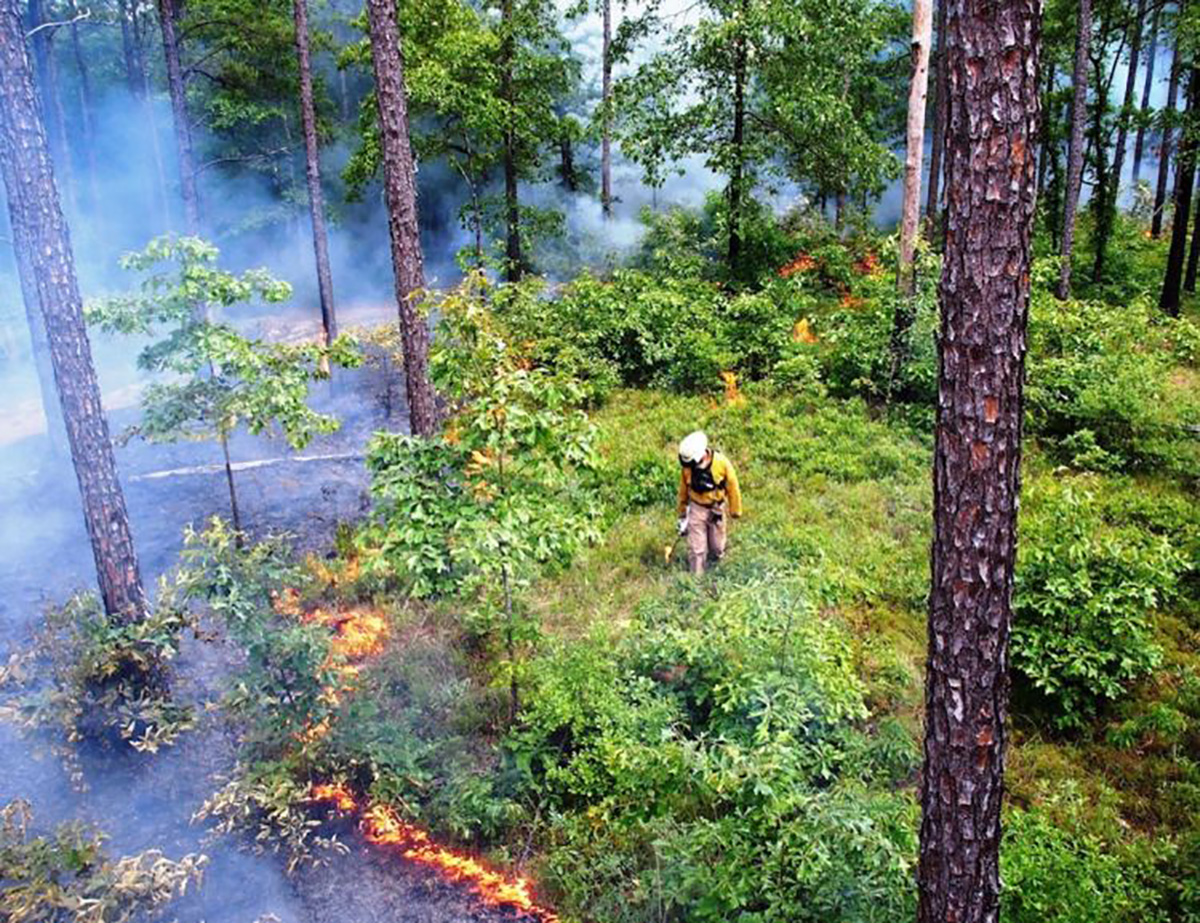
Unfortunately, the U.S. Department of Agriculture estimates that by 2060 the South will lose up to 67,000 square miles of forest to development and other habitat challenges.
But there is hope. The federal agencies that carry out conservation in America, along with dozens of non-governmental partners—including key TRCP allies, such as the National Wildlife Turkey Federation, The Nature Conservancy, and National Wildlife Federation—have joined forces on the “Million Acre Challenge” to add one million acres of longleaf pine to public lands in the coming years. This would go a long way toward helping the Forest Service complete its goal of putting 8 million total acres of longleaf pine habitat on the landscape by 2025.
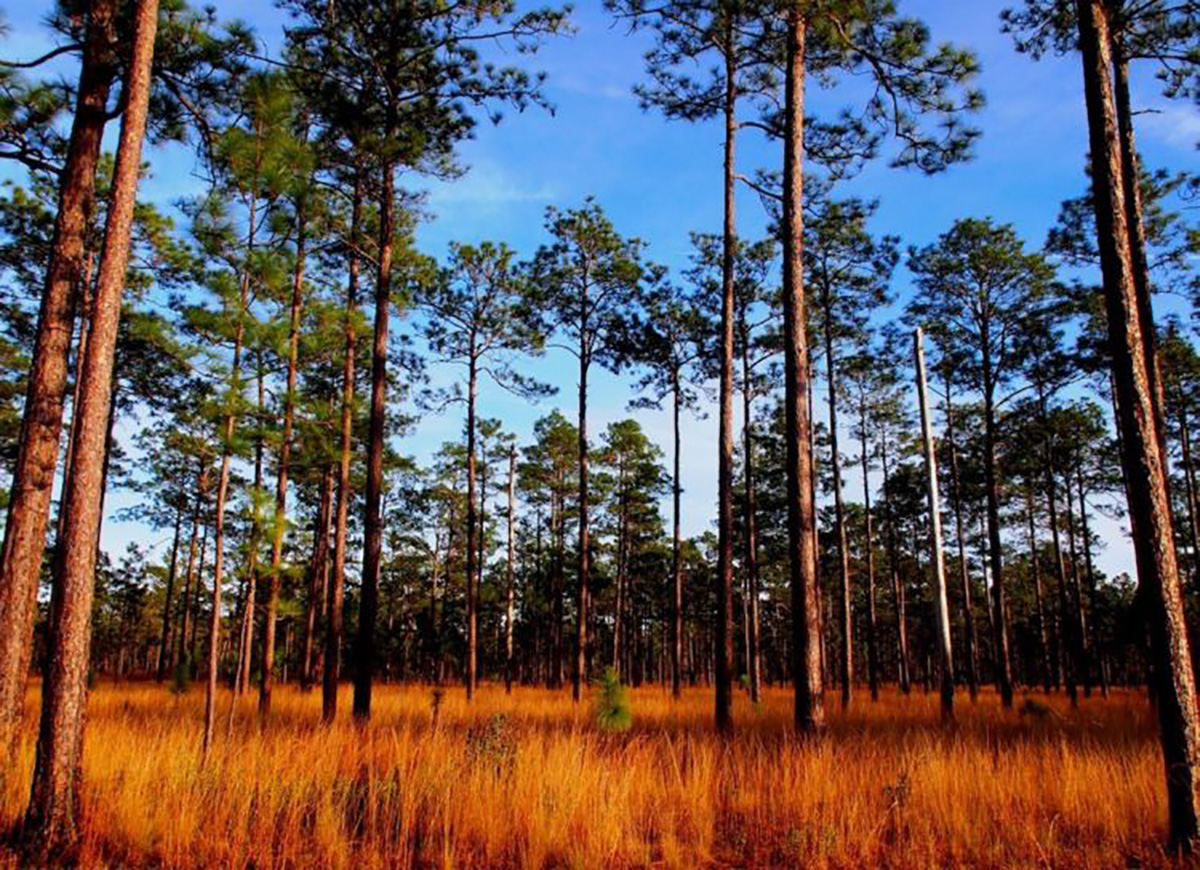
Recent passage of the 2018 Farm Bill could help, too. Programs such as the Regional Conservation Partnership Program, Environmental Quality Incentives Program, and the Conservation Stewardship Program help to coordinate landscape-scale conservation projects and reduce the cost for private landowners to restore or enhance their longleaf pine forests. With more than $5 billion in conservation funding to support private land efforts, the Farm Bill is a big win for habitat, but we also need strong funding for the Forest Service and Fish and Wildlife Service to help take on forest restoration.
The TRCP is committed to ensuring that the federal agencies have what they need to maintain and enhance our forests across public and private lands. And a powerhouse habitat-creator and wildfire-defender like longleaf pine is a great way to invest those dollars. It’s a critical down payment on the future of hunting and fishing in the Southeast.
Top photo by Andy Wraithmell/FWC. Quail by flickr user leshoward.
TRCP’s “In the Arena” series highlights the individual voices of hunters and anglers who, as Theodore Roosevelt so famously said, strive valiantly in the worthy cause of conservation
Hometown: Leicester, North Carolina
Occupation: Soil and water conservation district director
Conservation credentials: Helps landowners use Farm Bill conservation programs to improve soil health, water quality, and wildlife habitat
When you’ve idolized legends like Davy Crockett and Daniel Boone since childhood, chasing adventure through our public lands might be enough of a goal. Tyler Ross takes dedication to the outdoors one step further. His day job helps bring Farm Bill conservation programs off the pages of the Federal Register and onto the working lands of his home state so that fish and wildlife resources are just as legendary for the next generation.
Here is his story.
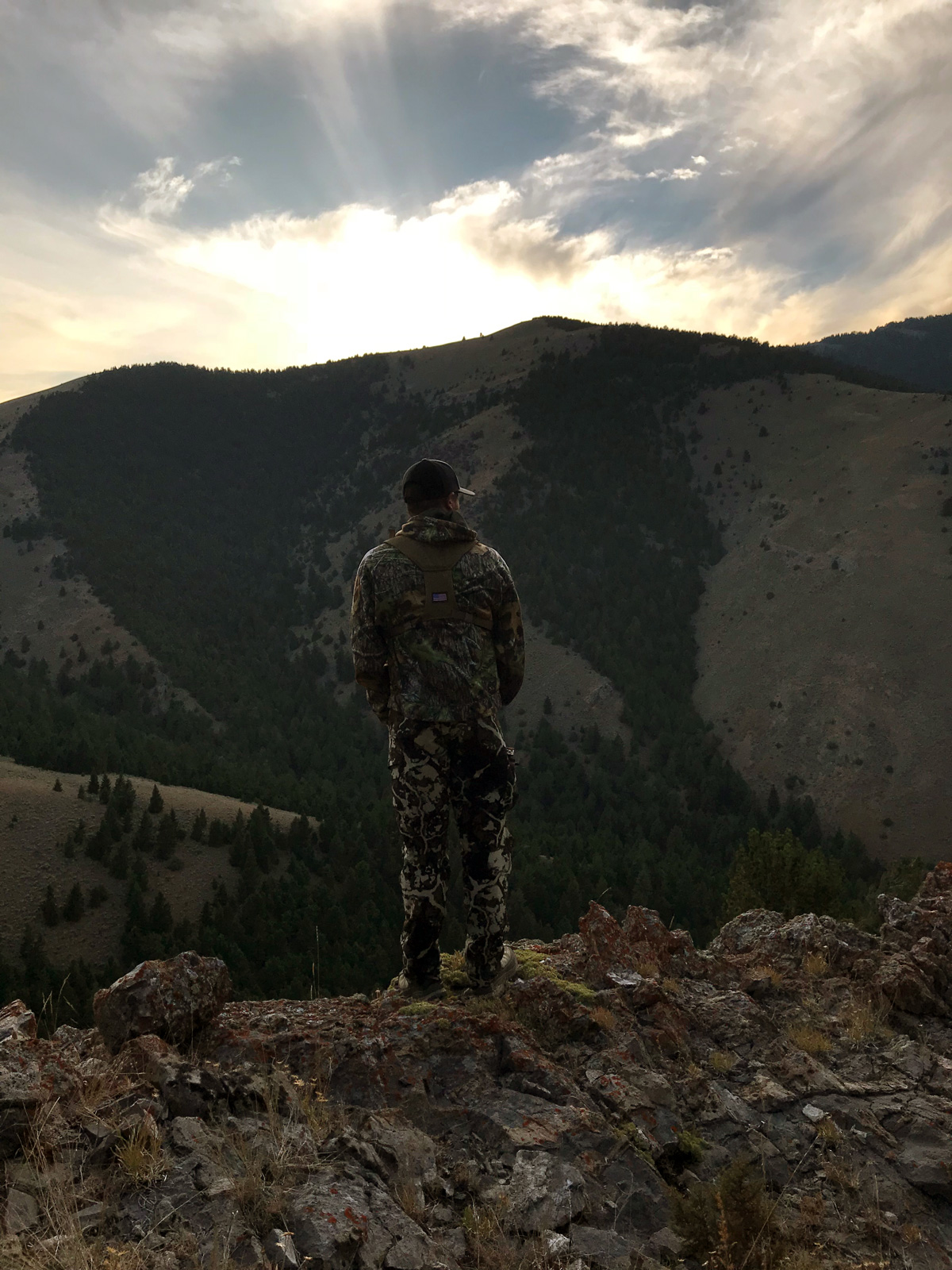
I did a lot of reading when I was younger, and all my heroes from books either hunted, fished, or farmed. I wanted to be with Davy Crockett on a bear hunt or walking next to Daniel Boone as he stalked a deer in Kentucky. So, naturally, I started getting outside and chasing whatever I could.
These days, that’s still my idea of a good time. Even though I know it isn’t possible, I would love to bowhunt red stag in Scotland or Ireland—even better if it was with a recurve. I bet it would feel like I was part of Robin Hood’s Merry Men in Sherwood Forest, chasing that beast in its native habitat.
This past year, I went with my four best friends on our very first DIY elk hunt out West. I called in two different bulls for my buddies, and one ended in a successful harvest. That time with them, in that area, enjoying our Creator’s bounty, is something that I know will be unmatched for the rest of my life.
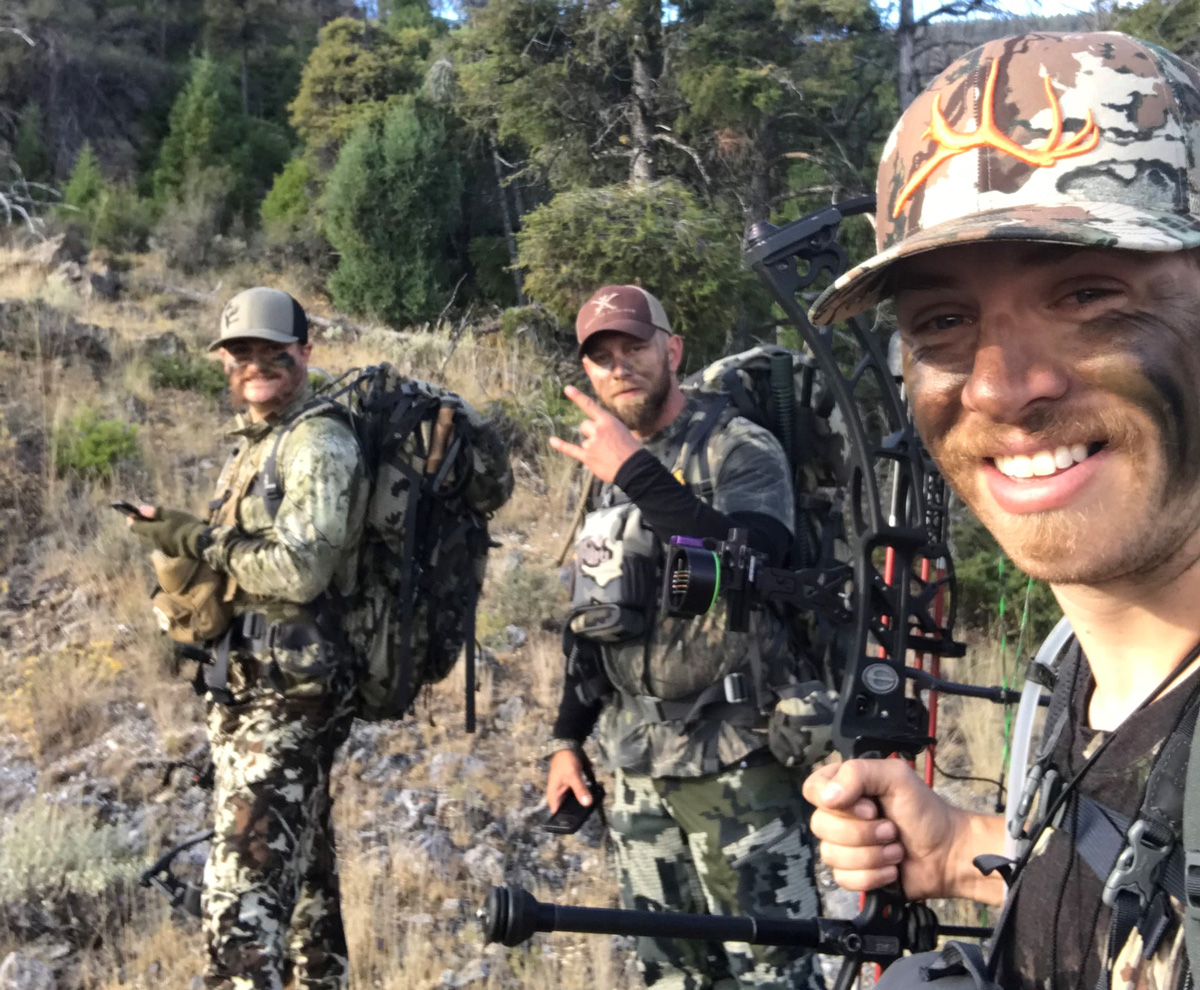
In my area, Farm Bill conservation programs benefit sportsmen and women in many ways. On the public land side, the recent expansion and utilization of Good Neighbor Authority helps keep public lands in public hands and gives land managers the tools to conserve these places for those who come after us.
On the private lands side, the Environmental Quality Incentives Program is really helpful for increasing wildlife habitat and pollinators. We don’t have many Conservation Reserve Program acres in North Carolina, so EQIP and the Conservation Stewardship Program provide many of the habitat benefits here.
We had some big wins in the latest Farm Bill, particularly with EQIP. Lawmakers increased the portion of the program that must be used for practices that benefit wildlife from 5 percent of funds to 10 percent. That’s huge!
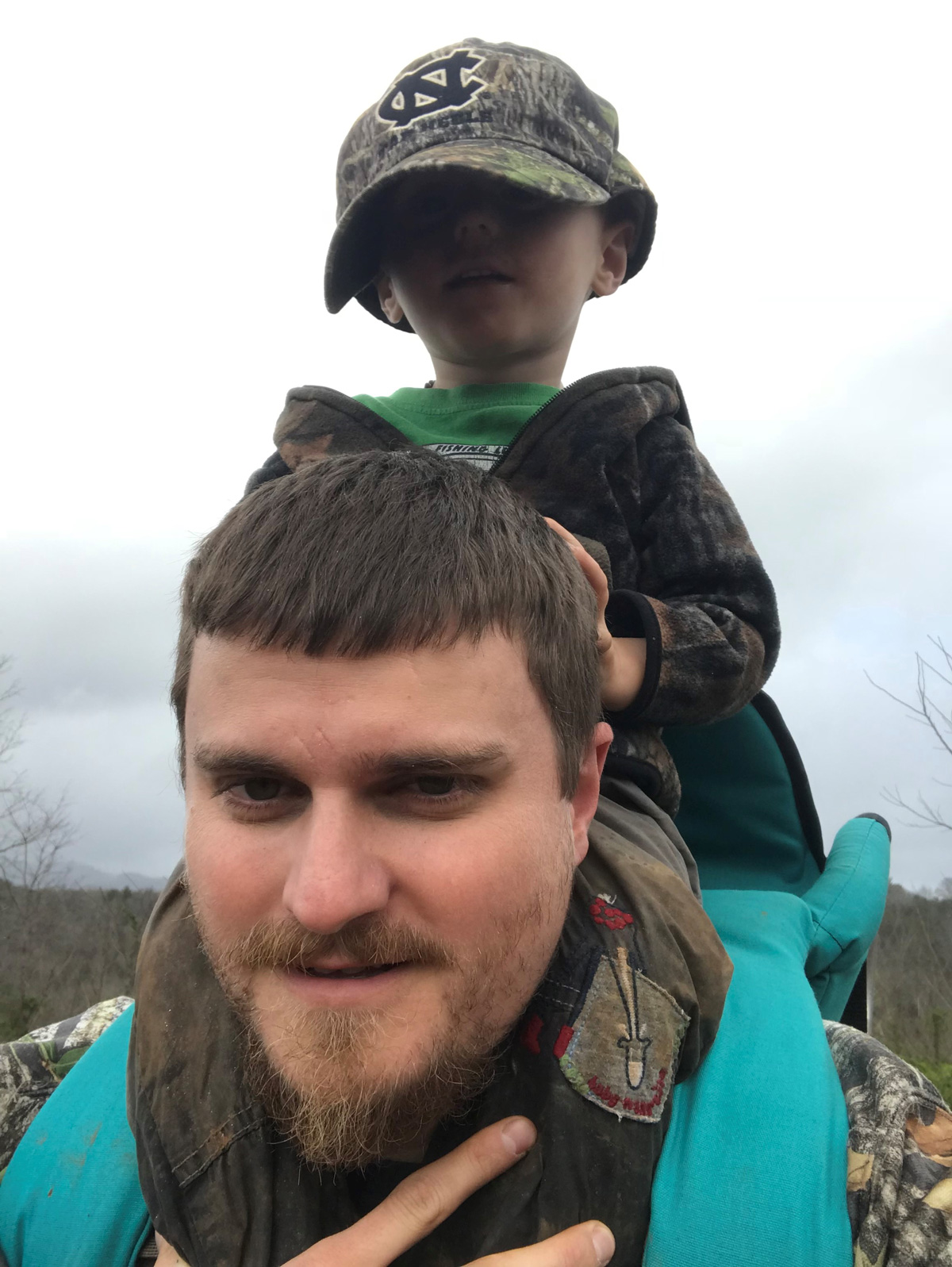
It was also awesome to see soil health practices embraced in multiple programs. And the expansion and re-authorization of the Collaborative Forest Landscape Restoration Program on U.S. Forest Service lands is something that I hope continues in future farm bills.
During implementation of the 2018 Farm Bill, I would love to see an emphasis on Working Lands for Wildlife, the USDA’s effort to improve agricultural and forest productivity while enhancing wildlife habitat on working landscapes.
It would also be great if the Forest Service and NRCS would work alongside state agencies to focus on species cited in the state’s Wildlife Action Plan. I think this would be a great place for multiple stakeholders to come in and work together to put strategic conservation on the ground.
Do you know someone “In the Arena” who should be featured here? Email info@trcp.org for a questionnaire.
Without a doubt, the Conservation Reserve Program is a favorite for sportsmen and farmers—here’s a look at the sweeping changes the 2018 Farm Bill made to this important program
The Conservation Reserve Program helps America’s farmers, ranchers, and forest owners to voluntarily conserve environmentally sensitive land. Thanks to the wildlife habitat benefits of the program, CRP is a household name with landowners and sportsmen in some parts of the country. (At least as much as any of the Farm Bill conservation program acronyms can be.)
Introduced in the 1985 Farm Bill, CRP once supported 37 million acres devoted to conserving soil, water, and wildlife habitat. But Congress reduced the size of the program to just 24 million acres in the 2014 Farm Bill, which forced the U.S. Department of Agriculture to turn down thousands of CRP applications with millions of potential acres for conservation.
The hunting and fishing community pushed long and hard for a major increase to CRP acres in the new Farm Bill. Here’s what happened.
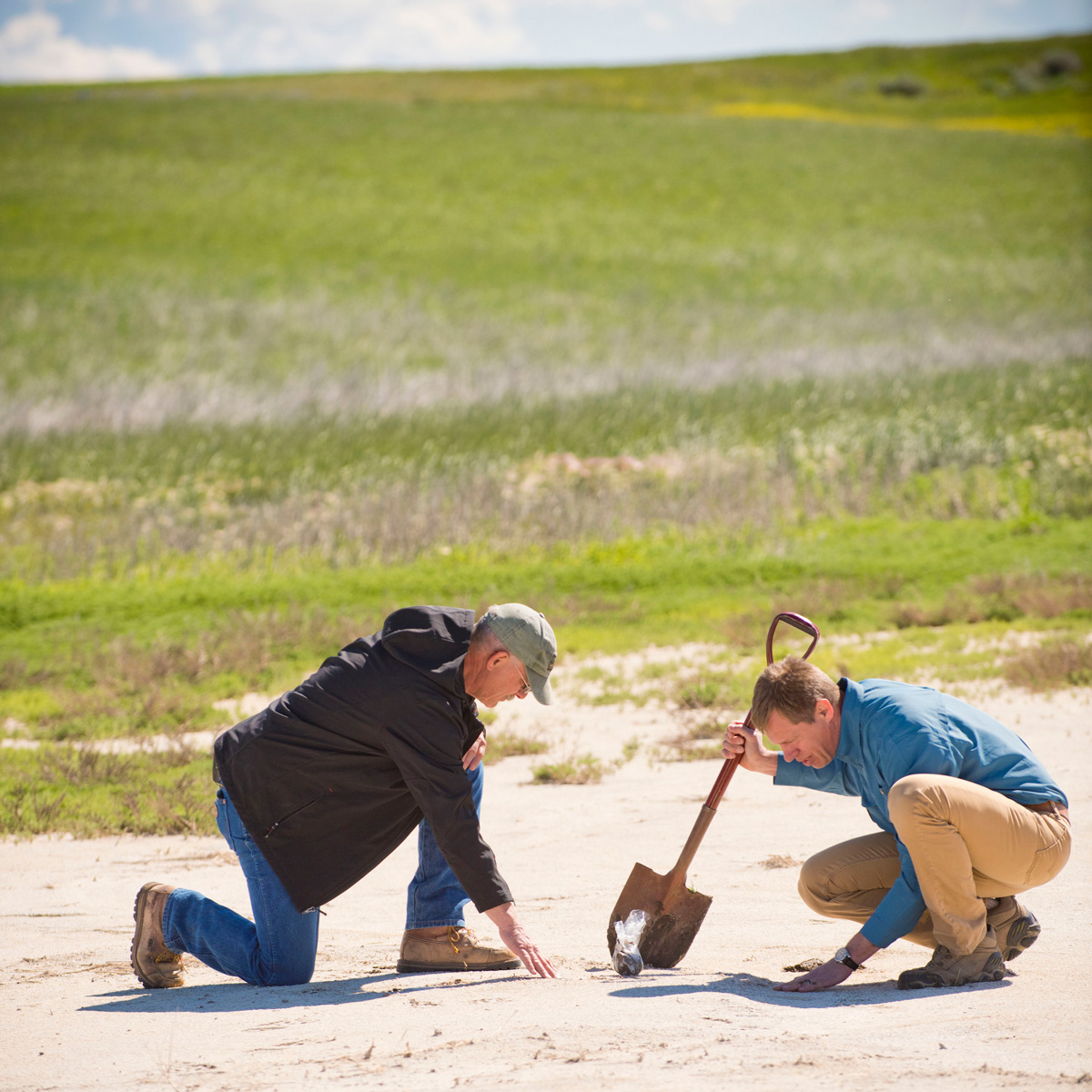
Fortunately, the 2018 Farm Bill added 3 million acres back into the program, increasing the size to 27 million acres and helping meet landowner demand. But the additional cost of growing the program was paid for by placing a cap on rental rate payments. For general CRP, which typically includes larger tracts of acreage, lawmakers capped rental rates at 85 percent of the county average, while rental rates for continuous CRP on environmentally sensitive lands were capped at 90 percent.
This means CRP will be less likely to outbid beginning farmers who often lease their land from landowners. The downside being that the lower rental rates could lead to a decrease in landowner demand for the program. We remain optimistic that these changes will help keep CRP viable, and the TRCP is working to ensure the program continues to benefit water quality, wildlife, and landowners as the 2018 Farm Bill is implemented.
The new Farm Bill also calls on the Secretary of Agriculture to target the CRP toward a handful of priorities. This includes enrollment of 30 percent of all CRP acres within continuous CRP, which promotes practices that benefit water and wildlife, such as riparian buffers, filter strips, wetland restoration, and more.
Additionally, the bill directs the Secretary to enroll up to 2 million acres into CRP grasslands, making the program a little more flexible for livestock and grazing operations. The 2018 bill also authorizes the Clean Lakes, Estuaries, and Rivers (CLEAR) initiative and directs the Secretary to maintain at least 40 percent of continuous acres in CLEAR practices focused on improving water quality by reducing farm runoff.
For general CRP, the bill now mandates that the USDA hold annual sign-ups. Considering the last general sign-up was held more than three years ago and had the lowest acceptance rate—about 20 percent—in the program’s history, a mandated sign-up is a critical step toward meeting landowner demand. The legislation also directs the agency to meet acreage quotas based upon historical state enrollments. This mandate will lead to the annual addition of larger tracts of land that are a favorite of upland bird hunters.
Combined, we achieved some meaningful legislative changes in the 2018 Farm Bill that help connect landowners with CRP’s conservation tools and extend the program’s benefits to water and wildlife. But future Farm Bills could do even more for CRP—the demand is there.
For a look at the other improvements the 2018 Farm Bill made for conservation, click here.
Theodore Roosevelt’s experiences hunting and fishing certainly fueled his passion for conservation, but it seems that a passion for coffee may have powered his mornings. In fact, Roosevelt’s son once said that his father’s coffee cup was “more in the nature of a bathtub.” TRCP has partnered with Afuera Coffee Co. to bring together his two loves: a strong morning brew and a dedication to conservation. With your purchase, you’ll not only enjoy waking up to the rich aroma of this bolder roast—you’ll be supporting the important work of preserving hunting and fishing opportunities for all.
Learn More


Dear TRCP – as a life long hunter and fisherman I’ve heard of your organization but never dug in to see what you really do. Whit’s Fosburgh’s time with the meateater crew was amazingly beneficial to reflect your org. I immediately joined and will donate based on the podcast. I know Steve talked about having him on every six months and I would personally love that! Whit made so.. many.. issues… understandable to us common folk (aka, hunters, fisherman, land owners, voters) Thank you!
I am with Jim McGannon! I am a lifelong Hunter Fisherman and outdoorsman. I am seeing Terrible Policies coming out of this administration that will not only reduce our Public Lands and wildlife habitat but permanently damage our planet! We as Conservationists must vote for those who are good stewards not those who want to sell off public land for fossil fuel raping and weaken our clean air and water laws!!
get rid of Trump and repair our natural resource agencies. that is what I hope TRCP and the other organizations I belong to will aspire to
A truly remarkable human being, Mr. Fosburgh, with the best of all our (human, flora and fauna) intentions with a central core centered on conservation. Keep up the great work, TRCP, Steve and crew.
Having Steve Renelli associated with TRCP is a good fit. I joined and support TRCP because the organization it to the point and not commercially driven. I also respect Meateater for those very same bv reasons. I wish I could give more but I give what I can. Keep up the good work.
I believe that efforts should be made to make the general public aware of the not aware of the republican platform that supports privatization of public lands. Here in Montana our state republican platform supports privatization also. It is hard to believe that we have a fellow running for Governor and a fellow running for Senator, both of which have supported privatization many times. Yet they claim they are for public lands. Regrettably the public does not what the implications are. And the there are fools who just don’t know anything about anything. Their privation efforts should be promoted everywhere.